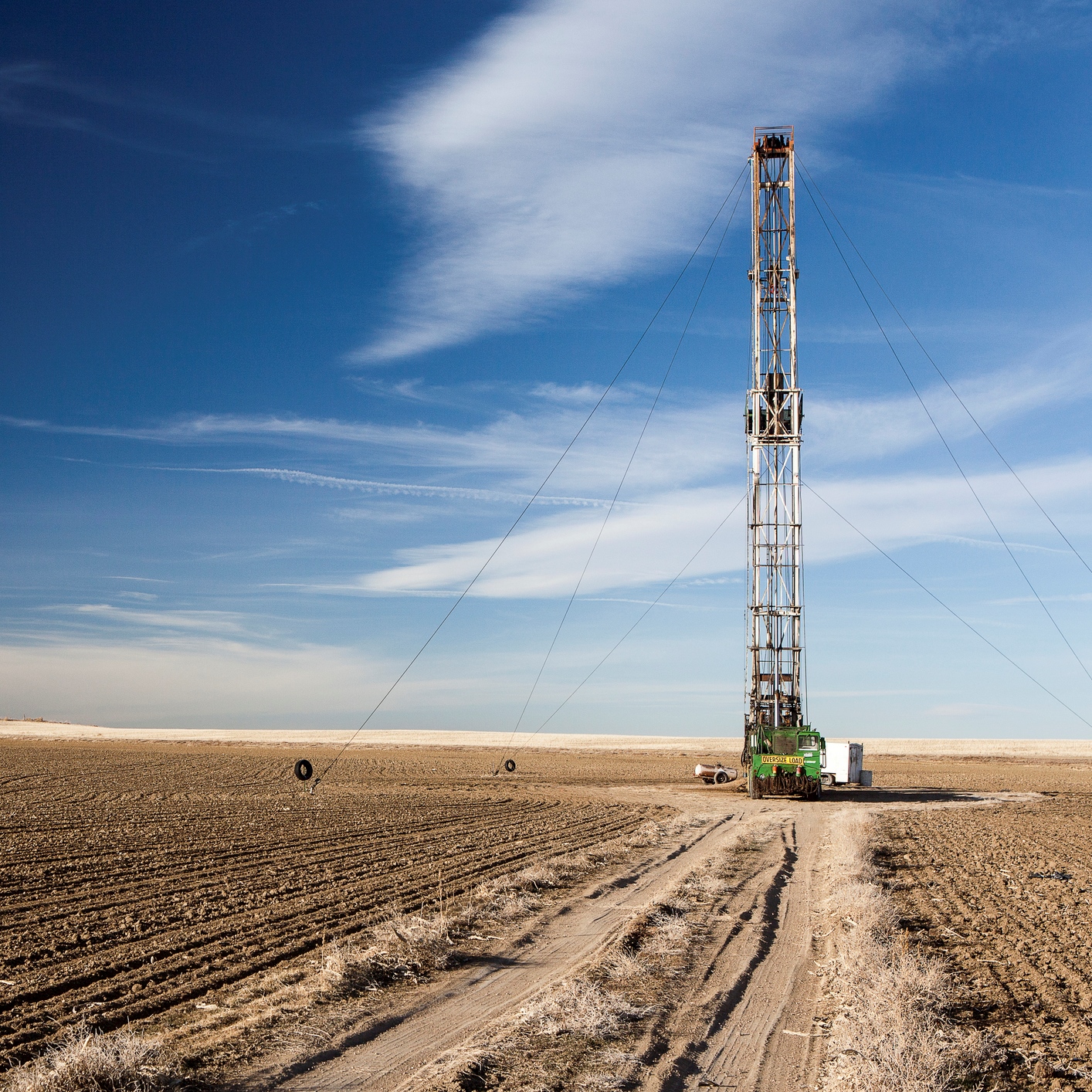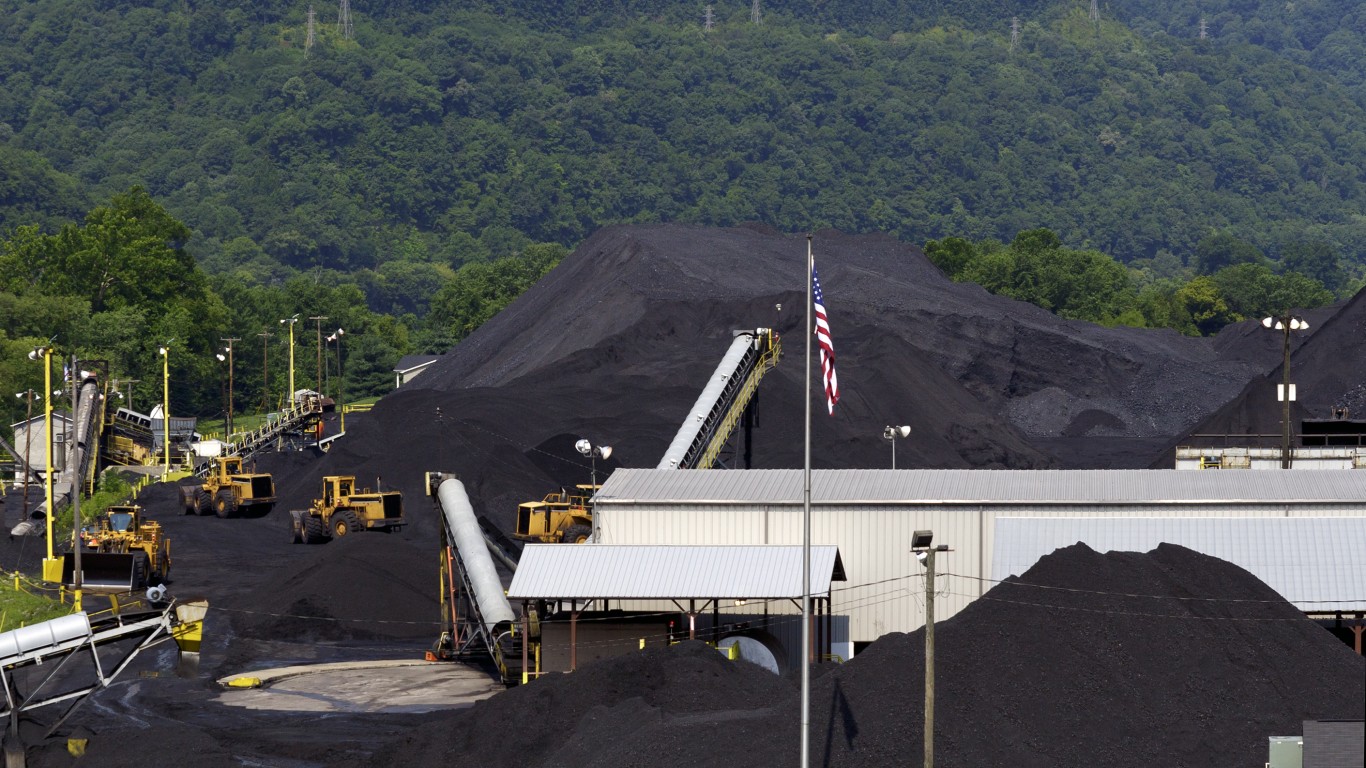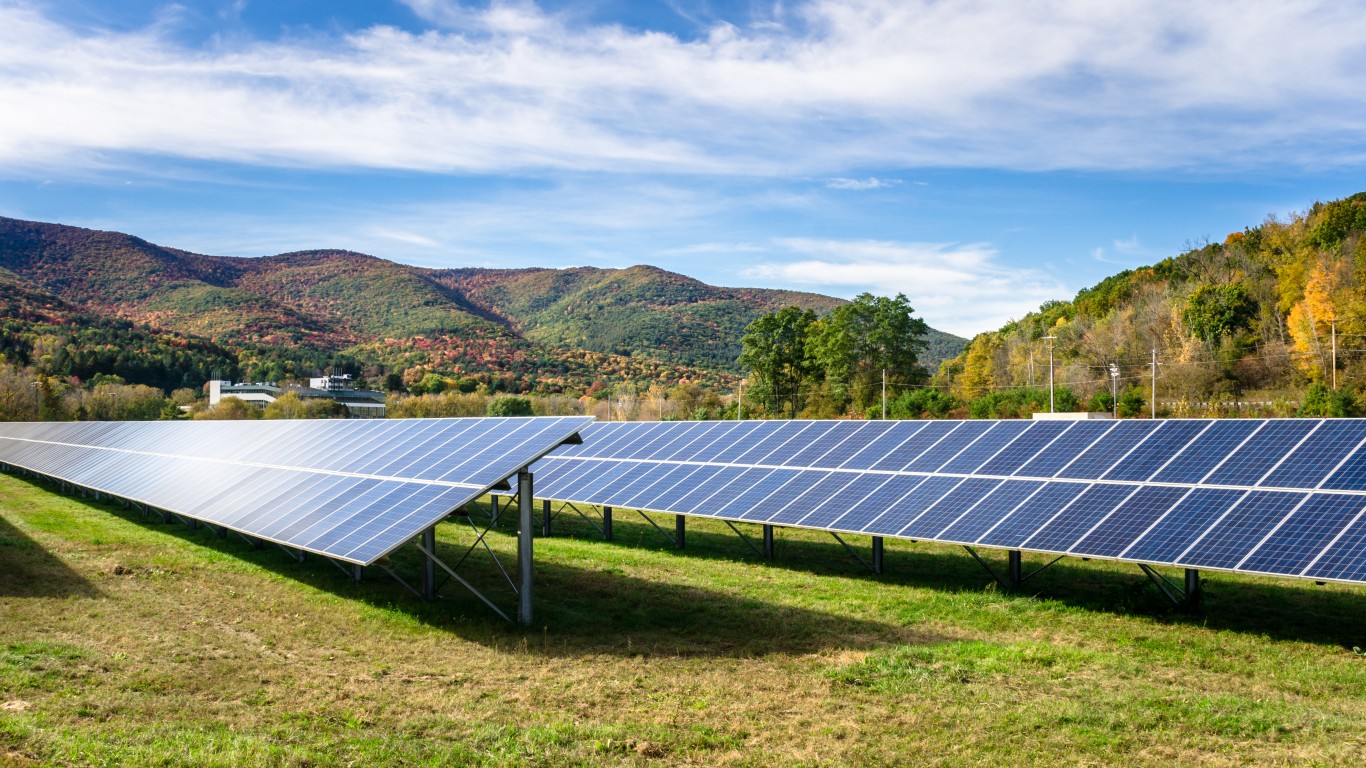
The number of land rigs drilling for oil in the United States in the week ending June 15 totaled 863, up by one compared with the previous week and up by 116 compared with a total of 747 a year ago. Including 194 other land rigs drilling for natural gas and two listed as miscellaneous, there are a total of 1,059 working rigs in the country, down by three week over week and up by 126 year over year. The data come from the latest Baker Hughes North American Rotary Rig Count released on Friday afternoon.
West Texas Intermediate (WTI) crude oil for July delivery settled at $66.89 a barrel on Thursday and traded down about 3% Friday afternoon at $64.91 shortly before regular trading closed. Brent crude for August delivery traded at $73.36 a barrel, down 3.4%.
The natural gas rig count fell by four to 194 this week. The count for natural gas rigs is now up by eight year over year. Natural gas for July delivery traded up about 1.6% at around $3.01 per million BTUs, up about 12 cents compared with last Friday.
Crude oil prices pulled back again Friday following late Thursday reports that Saudi Arabia and Russia say they plan to develop a “comprehensive bilateral agreement” on energy cooperation that will continue the so-far successful market rebalancing effort begun in January 2017 regardless of when or if the current production cut deal fizzles.
S&P Global Platts noted a meeting between the Russian President Vladimir Putin and Saudi Crown Prince Mohammed bin Salman ahead of the Russia-Saudi Arabia soccer match that opened the World Cup (Russia crushed the Saudis, 5-0). The coalition between the OPEC and non-OPEC producing nations is fraying. OPEC members Iran, Iraq, and Venezuela want to continue with the production cuts that have raised prices, while the Saudis and Russians are generally arguing in favor of boosting production by around 1 million barrels a day or even more.
The January 2017 cuts ultimately removed 1.8 million barrels a day from supplies and brought global stockpiles back into line with the five-year average.
Among the U.S. states, Baker Hughes reports that New Mexico and North Dakota added three rigs each and Louisiana added one new rig. Texas lost four rigs, Alaska lost two, and four states — Colorado, Ohio, Pennsylvania, and West Virginia — lost one rig each.
In the Permian Basin of west Texas and southeastern New Mexico, the rig count now stands at 476, down by four compared with the previous week’s count. The Eagle Ford Basin in south Texas has 82 rigs in operation, up by two week over week, and the Williston Basin (Bakken) in North Dakota and Montana now has 57 working rigs, also up by two for the week.
Producers dropped two horizontal rigs this week and the count slipped to 932, while offshore drillers reported a total of 19, unchanged compared with last week’s count.
The Average American Is Losing Their Savings Every Day (Sponsor)
If you’re like many Americans and keep your money ‘safe’ in a checking or savings account, think again. The average yield on a savings account is a paltry .4% today, and inflation is much higher. Checking accounts are even worse.
Every day you don’t move to a high-yield savings account that beats inflation, you lose more and more value.
But there is good news. To win qualified customers, some accounts are paying 9-10x this national average. That’s an incredible way to keep your money safe, and get paid at the same time. Our top pick for high yield savings accounts includes other one time cash bonuses, and is FDIC insured.
Click here to see how much more you could be earning on your savings today. It takes just a few minutes and your money could be working for you.
Thank you for reading! Have some feedback for us?
Contact the 24/7 Wall St. editorial team.



